Enjoying Akō Castle: The Basics
Those visiting Akō Castle for the first time should start here. The coastal Akō Castle finished construction in 1661 and features complex stone walls constructed in a zigzag formation known as ore, based on Kōshū-ryū war tactics. Though there aren't many buildings from the Edo period that have survived to this day, repairs are made utilizing information gained through excavation efforts, which have preserved this historical landmark tied to the Akō Gishi.
- TOP
- Exploring Akō Castle
- Enjoying Akō Castle: The Basics
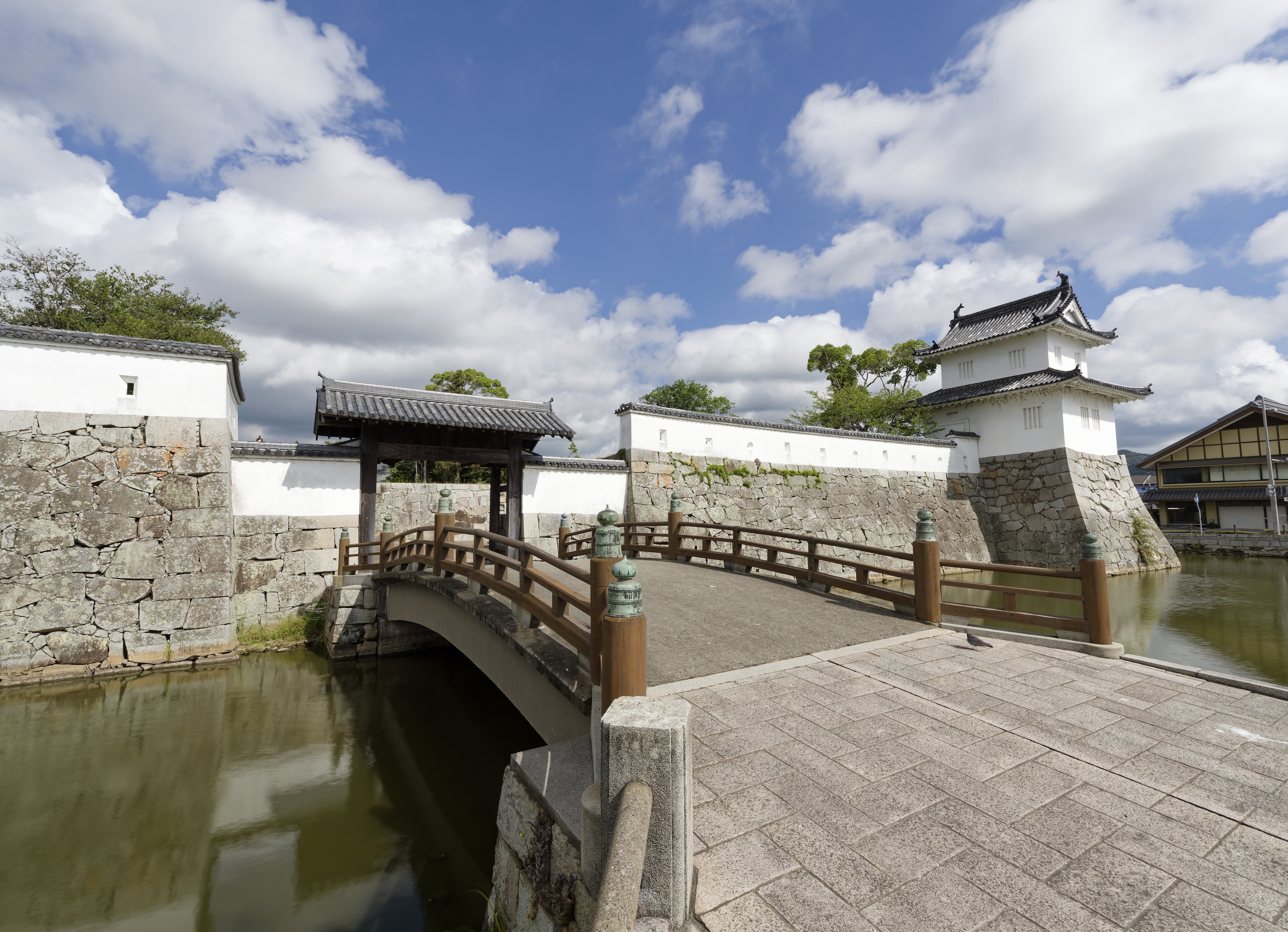
Those visiting Akō Castle for the first time should start here. The coastal Akō Castle finished construction in 1661 and features complex stone walls constructed in a zigzag formation known as ore, based on Kōshū-ryū war tactics. Though there aren't many buildings from the Edo period that have survived to this day, repairs are made utilizing information gained through excavation efforts, which have preserved this historical landmark tied to the Akō Gishi.
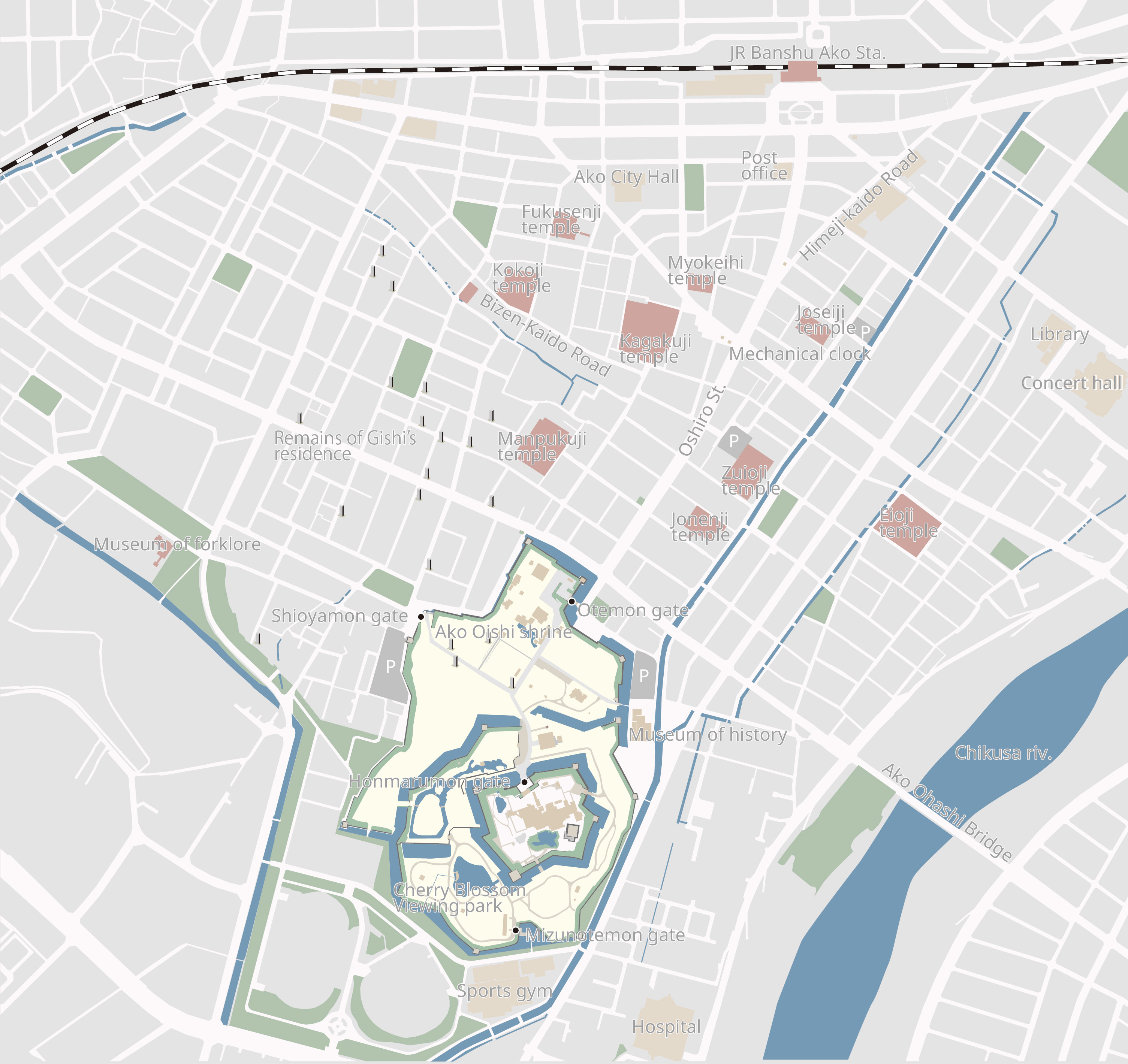
Kagakuji Temple: Gravesite of the Gishi
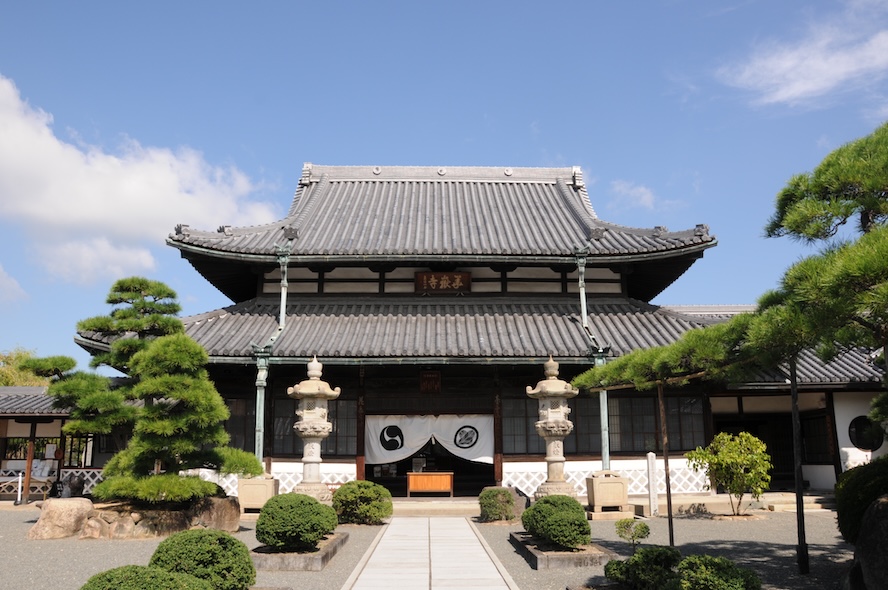
Built in 1645, Kagakuji Temple is the family temple of the Asano clan, as well as the Nagai and Mori clans who succeeded as lords. The temple is home to the Asano clan, Mori clan, and the Akō Gishi's gravestones, as well as the Gishi Treasure Chamber.
View Location on Google MapsSannomaru Ote Gate
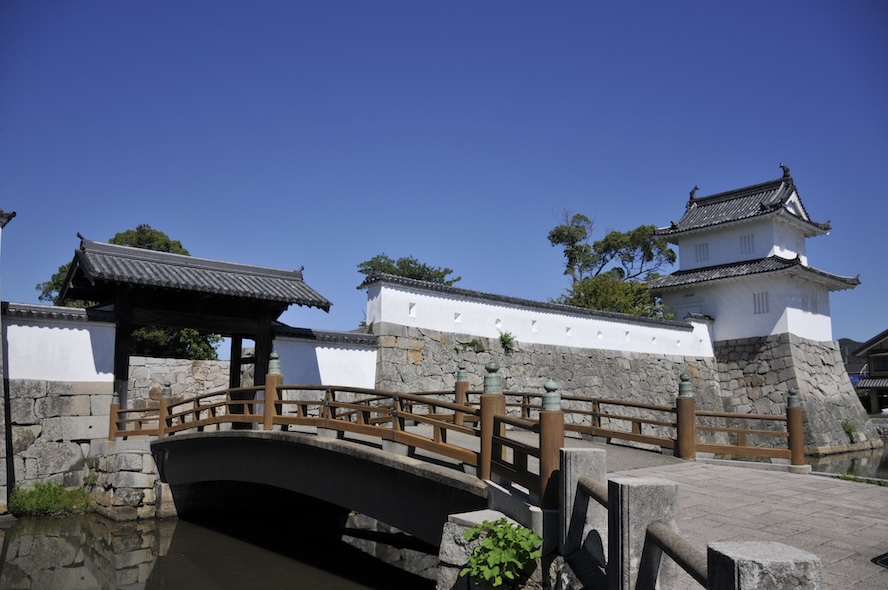
The Sannomaru Ote gate was rebuilt in 1955 along with the Ote-yagura turrets. There was originally one other yagura gate, creating a square masugata formation.
View Location on Google MapsAkō Ōishi Shrine
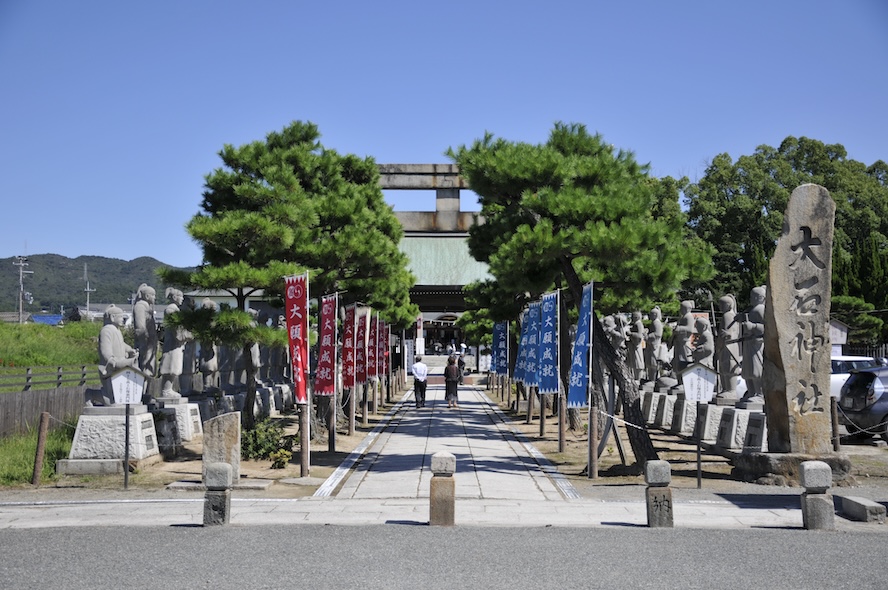
A shrine built in 1912 where the Akō Gishi are enshrined. The grounds are home to various structures such as the Gishi Treasure House, where you can view various items related to the Gishi and heirlooms of the Mori clan.
View Location on Google MapsAkō City Museum of History
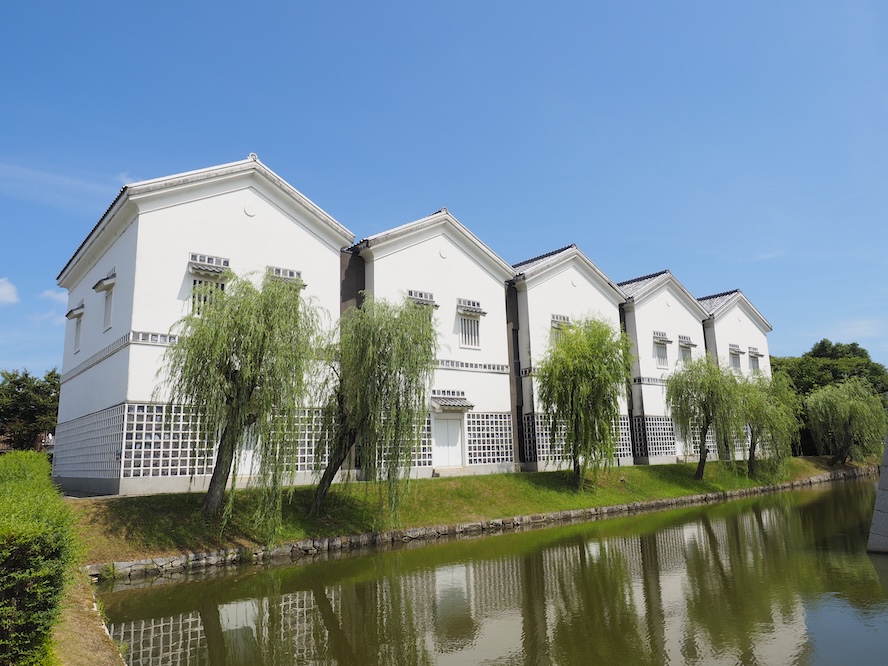
A museum that focuses on four themes: Akō Castle and the castle town, the Akō Gishi, Akō salt, and Old Akō Waterworks. The museum was modeled after the rice storehouses adjacent to the eastern side of Akō Castle.
View Location on Google MapsHonmaru Gate
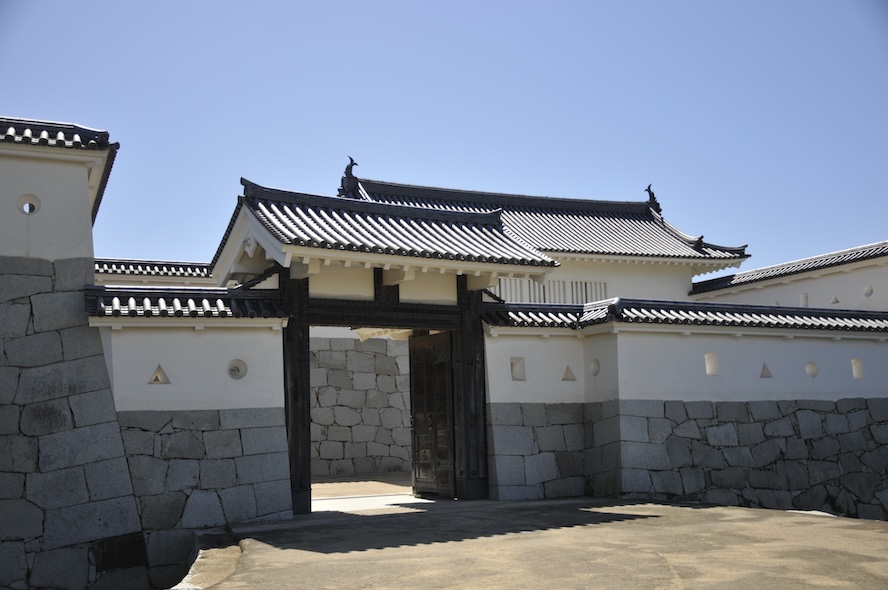
The front gates leading to the Akō Feudal Lord's Palace. The two gates create a square-shaped configuration known as masugata, and several layers of stone walls provide sturdy protection.
View Location on Google MapsTenshu Tower Base
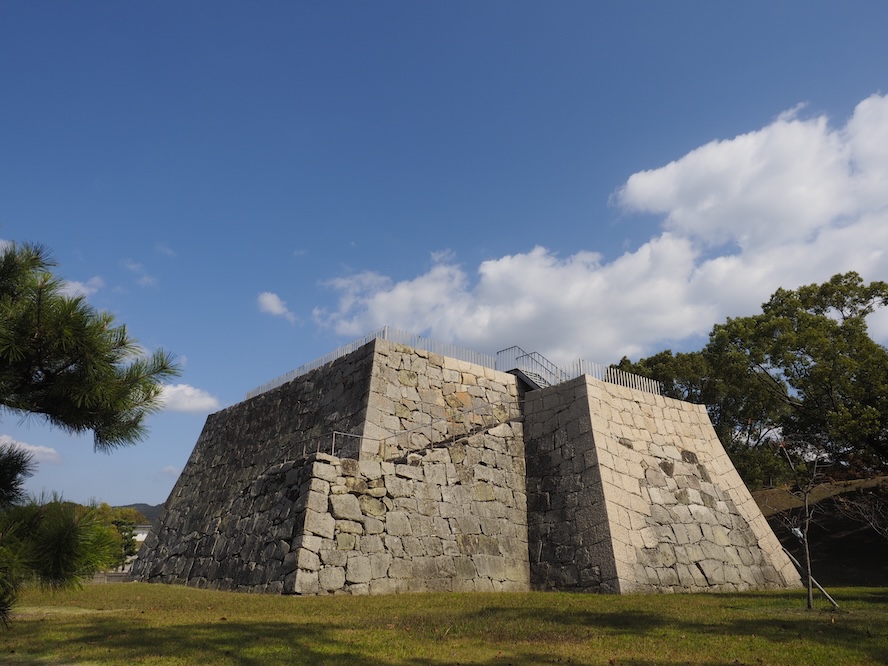
A tenshu tower was never built at Akō Castle, only the foundational base. It boasts the tallest stone walls within Akō Castle at 9.5 meters tall. Back then, you could easily see the salt fields across the east and west of the castle from up on the base.
View Location on Google MapsHonmaru Garden Pond
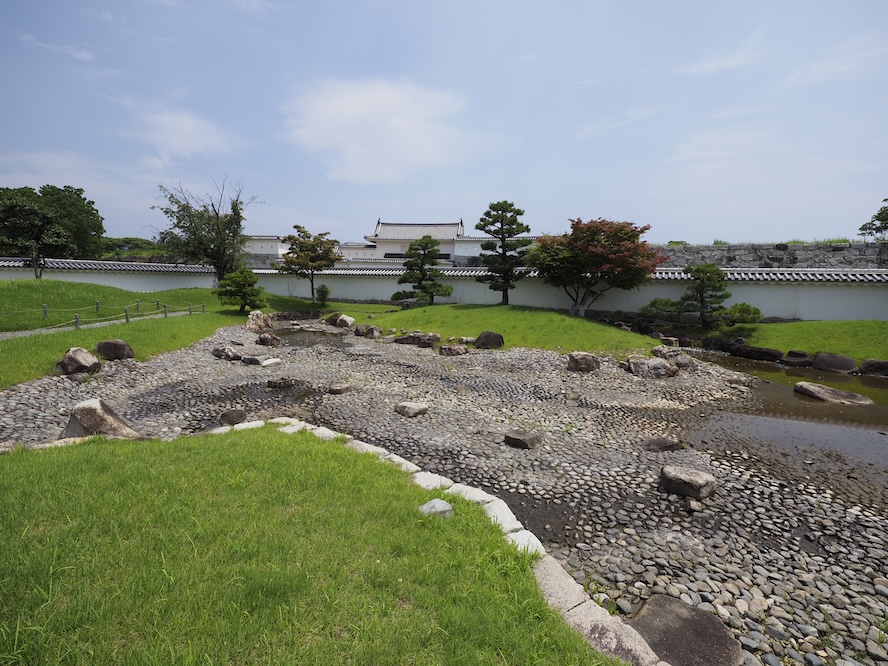
A large-scale pond spanning 38 meters from east to west and 26 meters from north to south that was found in excellent condition by excavators. Stones and tiles were found in their near-original state all over from the bank to the bottom of the pond, which led to repairs that utilized these remains. Its is currently maintained in a way that showcases the transition from Asano to Mori rule. in the past, this pond was filled with water from the bountiful Old Akō Waterworks.
View Location on Google MapsNinomaru Gardens
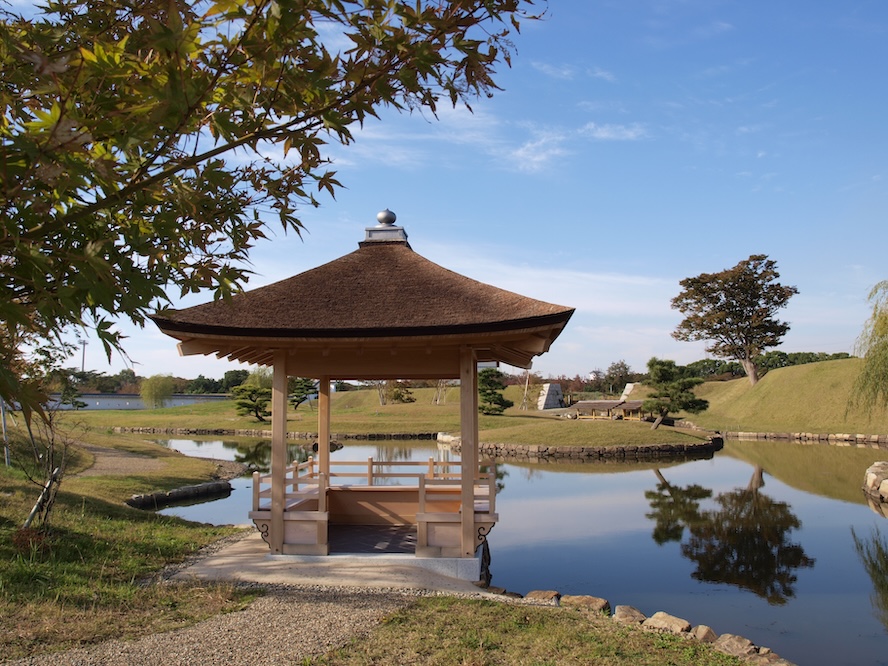
These daimyo gardens make up a fourth of the Ninomaru's property and are designated by the government as a Place of Scenic Beauty. The gardens have been restored based on information gained through excavation efforts. The gardens are split into the upstream area, where you can enjoy the running water, and the downstream area, where you can go boating.
View Location on Google Maps